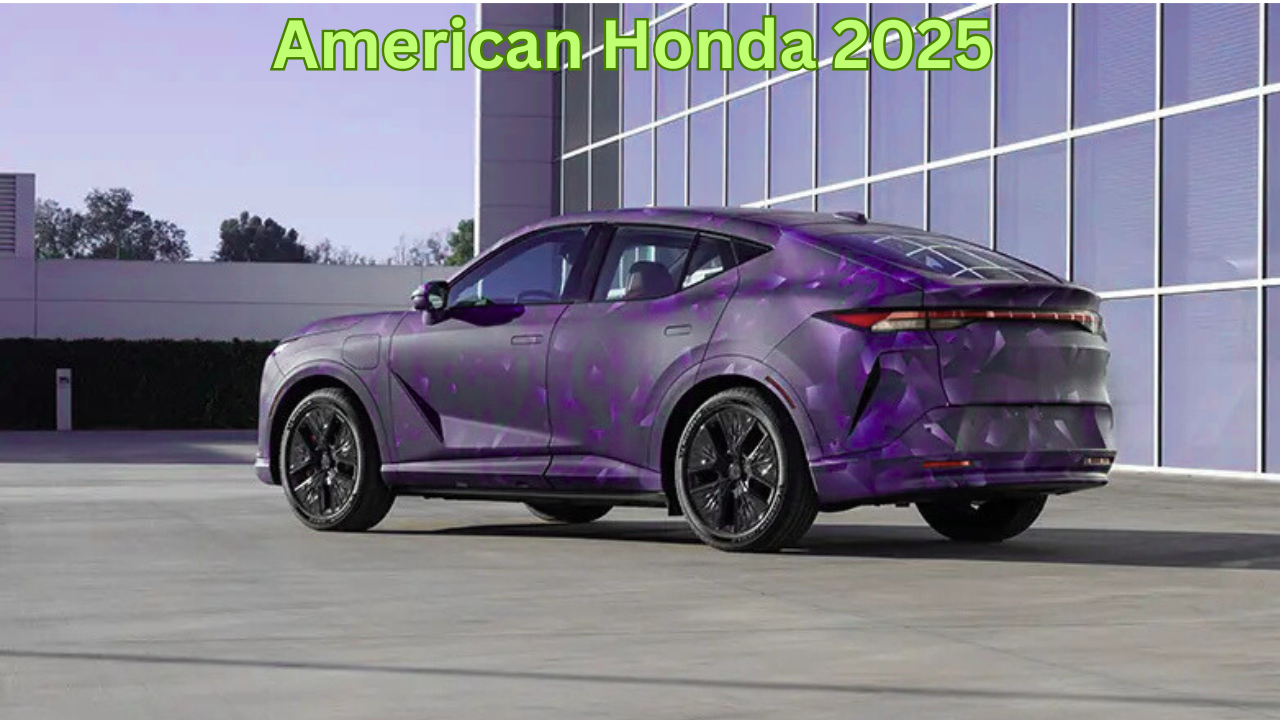The E-Bike Revolution: In recent years, electric bikes (e-bikes) have emerged as a popular and sustainable solution to urban transportation challenges. However, with New York City’s controversial Intro 606 bill proposing stricter e-bike regulations, the future of these two-wheeled marvels hangs in the balance. Amid this debate, cutting-edge technology offers new ways to bridge the gap between innovation and safety. This article delves into the implications of Intro 606, the latest e-bike technologies, and their potential to redefine urban commuting.
The Need for Regulation: Understanding Intro 606
Intro 606 aims to regulate e-bikes and scooters across New York City, sparking a heated debate between legislators, riders, and businesses. The bill proposes:
- Mandatory registration and licensing for all e-bikes.
- Speed limits to ensure road safety.
- Clear guidelines for e-bike lane usage.
Critics argue that the bill could conflict with state laws and create logistical hurdles. However, proponents see it as a step toward safer and more organized urban mobility. As debates continue, the role of technology in addressing these challenges becomes increasingly crucial.
Also read: 2025 TVS Ronin Unveiled at Bharat Mobility Show
Revolutionary E-Bike Technologies
Technological advancements are reshaping the e-bike landscape. From safety enhancements to user-friendly features, these innovations aim to make e-bikes safer, smarter, and more accessible.
| Technology | Description | Benefits |
|---|---|---|
| Smart Helmets | Helmets with augmented reality (AR) for navigation and traffic alerts. | Improved rider awareness and safety. |
| Integrated GPS Systems | Built-in GPS for automated route optimization based on traffic conditions. | Efficient urban navigation. |
| Advanced Sensors | Sensors for real-time traffic and collision detection. | Enhanced safety in congested areas. |
| Blockchain Registration | Decentralized system for seamless e-bike registration. | Transparent and universal registration system. |
Environmental Benefits of E-Bik
E-bikes represent a greener alternative to traditional vehicles, contributing significantly to reducing carbon emissions. By operating on rechargeable batteries, they eliminate the reliance on fossil fuels.
Environmental Impacts:
- Lower Carbon Footprint: E-bikes emit up to 90% less CO2 compared to cars.
- Reduced Air Pollution: Their adoption can improve urban air quality.
- Sustainable Batteries: Advances in battery recycling are making e-bikes even more eco-friendly.

Societal Impact of E-Bikes
E-bikes are transforming urban spaces by offering accessible, affordable, and inclusive transportation options. Here’s how they benefit society:
- Accessibility: E-bikes cater to diverse demographics, including elderly and physically challenged individuals.
- Decongesting Roads: By reducing the number of cars on the road, e-bikes make cities more livable.
- Health Benefits: Promoting an active lifestyle, they contribute to improved public health.
Economic Opportunities in the E-Bike Industry
The rise of e-bikes is driving growth across multiple sectors, from manufacturing to technology.
| Sector | Economic Impact |
|---|---|
| Manufacturing | Increased demand for e-bikes and components. |
| Tech Innovation | Development of smart safety features and blockchain solutions. |
| Local Businesses | Boost in sales for e-bike rental and maintenance services. |
Additionally, reduced road maintenance and healthcare costs linked to e-bike adoption provide indirect economic benefits.
Challenges in E-Bike Regulation
While the benefits of e-bikes are undeniable, challenges remain in integrating them into existing urban frameworks:
- Infrastructure Gaps: Limited dedicated bike lanes create safety risks.
- Regulatory Conflicts: Intro 606’s alignment with state laws remains a contentious issue.
- Public Awareness: Educating riders on safety and regulations is essential.
The Role of Collaboration
The path forward for e-bike adoption lies in collaboration between legislators, tech innovators, and the public. Embracing technology-driven solutions can address regulatory concerns while enhancing rider experience.
Collaborative Strategies:
- Partnering with tech firms to implement smart safety features.
- Encouraging public input during the legislative process.
- Investing in infrastructure improvements for e-bike lanes.
Final thoughts
The debate surrounding Intro 606 and the rise of e-bike technology underscores a pivotal moment for urban mobility. By leveraging innovative solutions, cities like New York can strike a balance between safety, sustainability, and freedom.
E-bikes are not just a transportation trend but a cornerstone of the future’s sustainable urban ecosystems. As legislation and technology continue to evolve, the decisions made today will shape the quality of urban life for generations to come.
The E-Bike Revolution: FAQ
- What is Intro 606? Intro 606 is a proposed bill in New York City aimed at regulating e-bikes and scooters through mandatory registration and safety measures.
- How do e-bikes benefit the environment? E-bikes reduce carbon emissions and improve urban air quality by operating on rechargeable batteries instead of fossil fuels.
- What are smart helmets? Smart helmets are equipped with augmented reality and safety features like navigation and traffic alerts to enhance rider safety.
- What challenges do e-bikes face? Key challenges include infrastructure gaps, regulatory conflicts, and public awareness about safety and usage.
- How does blockchain help in e-bike regulation? Blockchain technology enables transparent and universal e-bike registration systems, streamlining compliance with local and state laws.










